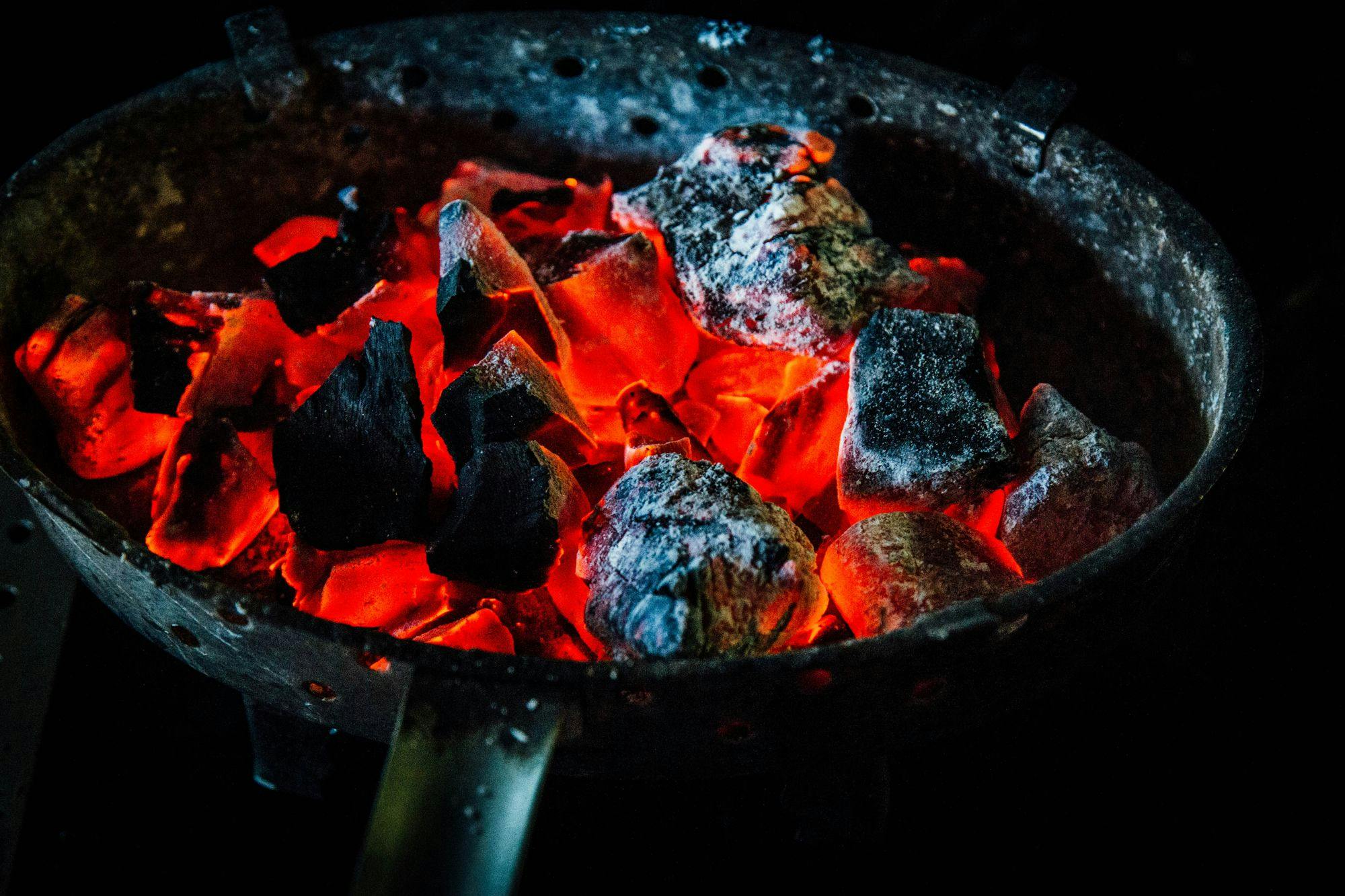Introduction
Dit da jow is a traditional Chinese healing tonic that has been used for centuries to promote healing, reduce inflammation, and alleviate pain. The term "dit da jow" translates to "fall and hit wine," reflecting its original use to treat injuries resulting from martial arts training. However, its healing properties extend beyond just bruises and sprains, making it a versatile remedy for a wide range of ailments.
The beauty of dit da jow lies in its simplicity and effectiveness, which is why many people are now choosing to make it at home. By creating your own dit da jow, you have the power to customize the recipe, select the best quality herbs, and control the potency of the tonic. Additionally, making dit da jow at home can be a cost-effective alternative to purchasing pre-made versions, especially if you plan on using it regularly.
In this guide, we will dive deep into the world of dit da jow and walk you through the step-by-step process of making your own batch. From selecting the right ingredients to properly canning and storing the tonic, we'll cover everything you need to know to create a potent and healing dit da jow.
The Benefits of Making Dit Da Jow at Home
There are several advantages to making dit da jow at home compared to purchasing it from a store. Firstly, homemade dit da jow allows you to have complete control over the ingredients used, ensuring that you are using high-quality herbs with maximum potency. Many store-bought versions may contain synthetic additives or lower quality herbs, which can diminish the effectiveness of the tonic.
Secondly, making dit da jow at home also provides you with the opportunity to customize the recipe to suit your specific needs. You can adjust the ratio of herbs based on your desired potency or target specific ailments that you wish to address. This level of customization allows you to create a tonic that is tailored to your individual health requirements.
Lastly, there is a sense of satisfaction and pride that comes with creating your own traditional healing tonic from scratch. The process of making dit da jow can be a meditative and rewarding experience, connecting you to ancient healing traditions and fostering a deeper appreciation for the power of natural remedies.
Selecting the Right Ingredients
To create a potent dit da jow, it is crucial to select high-quality herbs and ingredients. Traditional dit da jow recipes often include a combination of herbs that are known for their healing properties. Some common herbs used in dit da jow include:
Arnica: Known for its anti-inflammatory properties, arnica can help reduce pain and swelling.
Myrrh: Myrrh is a powerful antiseptic and analgesic herb that promotes healing and reduces pain.
Frankincense: Another herb with strong anti-inflammatory properties, frankincense can help alleviate pain and swelling.
Dragon's Blood: This resin has potent wound-healing properties and is often used to treat bruises and sprains.
Safflower: Safflower is known for its ability to improve blood circulation and reduce pain.
Cinnamon: Cinnamon is a warming herb that can enhance blood flow and promote healing.
When sourcing herbs for your dit da jow, it is important to purchase them from reputable suppliers to ensure their authenticity and quality. Look for organic or wildcrafted herbs whenever possible, as they are less likely to be contaminated with pesticides or other harmful substances.
The Dit Da Jow Recipe: Step-by-Step Guide
Now that you have gathered your ingredients, it's time to embark on the journey of making your own dit da jow. Follow these step-by-step instructions to create a potent and healing tonic:
Step 1: Gathering the ingredients and equipment
Before you begin, make sure you have all the necessary ingredients and equipment. Here's what you'll need:
A glass jar with a tight-fitting lid
High-proof alcohol, such as vodka or grain alcohol (at least 80 proof)
A selection of herbs (based on the recipe you choose)
Cheesecloth or a fine-mesh strainer for straining the finished tonic
Glass bottles for storing the finished dit da jow
Step 2: Preparing the herbs for infusion
Start by measuring out your chosen herbs according to the recipe you are following. It's important to use the correct ratios to ensure the potency of your dit da jow. If necessary, you can grind the herbs using a mortar and pestle to increase their surface area and enhance the extraction process.
Step 3: Combining the herbs and alcohol in a jar
Place the prepared herbs into the glass jar and pour the alcohol over them until the herbs are completely submerged. Make sure to leave some headspace at the top of the jar to allow for expansion during the aging process. Close the lid tightly to prevent evaporation and contamination.
Step 4: Properly sealing and storing the jar for the infusion process
Store the jar in a cool, dark place such as a cupboard or cellar. The aging process can take anywhere from a few weeks to several months, depending on the recipe and desired potency. During this time, it is important to periodically shake or agitate the jar to facilitate the extraction of the active compounds from the herbs.
Step 5: Monitoring and agitating the mixture during the aging period
Check on your dit da jow periodically and give it a good shake to ensure that the herbs are evenly distributed. You may also want to taste the tonic occasionally to gauge its potency and adjust the aging time if necessary.
Step 6: Straining and bottling the finished dit da jow
Once the aging period is complete, strain the mixture using a cheesecloth or fine-mesh strainer to remove the herbs. Transfer the strained liquid into clean glass bottles and seal them tightly. Your dit da jow is now ready to be used and enjoyed!
Pitfalls to Watch Out For
While making dit da jow is a relatively straightforward process, there are a few common pitfalls to be aware of. Mold growth can be a concern, especially if the herbs were not properly dried or if the jar was not sealed tightly. To prevent mold, make sure to thoroughly dry the herbs before infusing them and ensure that the jar is tightly sealed throughout the aging process.
Spoilage can also occur if the alcohol used is not of high enough proof or if the jar is exposed to excessive heat or light. Using alcohol with at least 80 proof will help prevent spoilage, and storing the jar in a cool, dark place will further protect the integrity of the dit da jow.
If you find that your finished dit da jow is not as potent as desired, you can adjust the recipe for future batches. You may choose to increase the amount of herbs used or extend the aging period to further extract the active compounds. Experimentation is key to finding the perfect recipe that suits your needs.
Serving and Using Dit Da Jow
Dit da jow can be used both externally and internally, depending on the ailment being treated. For external use, simply apply the tonic directly to the affected area and gently massage it into the skin. This can help reduce inflammation, alleviate pain, and promote healing.
For internal use, it is important to consult with a healthcare professional before incorporating dit da jow into your routine. They can provide guidance on the appropriate dosage and usage based on your individual needs and health conditions. It's also important to note that dit da jow is highly concentrated, so it should be diluted before internal use.
Aside from its medicinal applications, dit da jow can also be incorporated into cocktails or recipes for a unique twist. Its warming and aromatic properties add depth and complexity to various beverages and dishes, making it a versatile ingredient in the kitchen.
Conclusion
Making dit da jow at home is a rewarding and empowering experience. By creating your own batch, you have control over the ingredients, customization options, and potency of the tonic. However, it is important to remember that dit da jow is a powerful remedy and should be used with caution. Always consult with a healthcare professional before using dit da jow for medicinal purposes, especially if you have any underlying health conditions.
In conclusion, dit da jow is a fascinating traditional Chinese healing tonic with a rich history and numerous benefits. By exploring the world of dit da jow and experimenting with different recipes, you can tap into the power of natural remedies and enhance your well-being. So why not give it a try and embark on your own dit da jow-making adventure? Your body will thank you for it.
FAQs
1. Can I use different herbs in my dit da jow recipe?
Absolutely! The beauty of making dit da jow at home is that you
About Erika Oliver
Erika Oliver is a passionate writer, community advocate, and culinary enthusiast dedicated to bringing people together through the art of barbecue and neighborhood connections. With a profound love for both food and community, Erika has become an influential voice in promoting the joy of gathering around the grill and fostering a sense of belonging among neighbors.



